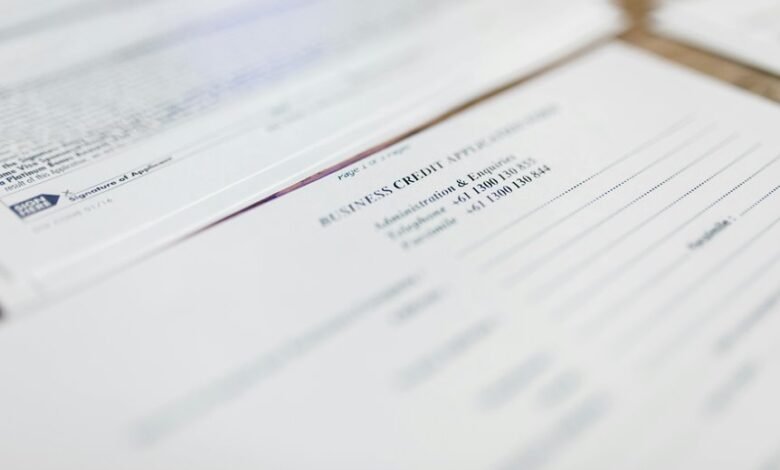Caller Risk Assessment & Fraud Prevention Bureau 3296027812 3391053862 3510019347 3668758949 3715343797 3338008558

Caller risk assessment is a critical mechanism for organizations aiming to combat fraud. Recent analyses have flagged several suspicious numbers, including 3296027812 and 3391053862. Understanding the patterns and behaviors associated with these calls can help businesses allocate resources effectively. Moreover, implementing comprehensive fraud prevention strategies is essential. The next steps in addressing these potential threats may hold surprising insights into enhancing security measures and protecting customer trust.
Understanding Caller Risk Assessment
Understanding Caller Risk Assessment is crucial for organizations aiming to mitigate fraud and enhance security measures.
By employing caller behavior analysis, companies can identify risk indicators that signal potential fraudulent activity. This systematic evaluation enables organizations to prioritize resources effectively, ensuring that legitimate interactions are facilitated while suspicious calls are scrutinized.
Ultimately, this fosters an environment that champions both security and customer autonomy.
Identifying Fraudulent Numbers
How can organizations effectively identify fraudulent numbers amidst the vast array of incoming calls?
By implementing systematic number verification processes, organizations can analyze incoming calls for fraudulent indicators.
These indicators may include suspicious patterns, frequent changes in caller ID, or numbers linked to known scams.
Such a methodical approach enables organizations to safeguard their operations and maintain the freedom to communicate securely.
Effective Fraud Prevention Strategies
Following the identification of fraudulent numbers, organizations must adopt comprehensive fraud prevention strategies to mitigate risks effectively.
Implementing proactive measures, such as employee training and customer awareness programs, is essential.
Additionally, leveraging technology solutions, including advanced analytics and real-time monitoring systems, can significantly enhance detection capabilities.
These strategies collectively contribute to a robust defense against fraud, ensuring organizational integrity and customer trust.
Resources for Reporting and Blocking Scams
Organizations and individuals must utilize available resources for reporting and blocking scams to safeguard against fraudulent activities.
Effective scam reporting channels, such as government websites and consumer protection agencies, empower users to document incidents.
Additionally, employing blocking techniques through call-blocking apps and services enhances preventative measures.
Conclusion
In conclusion, implementing a robust Caller Risk Assessment framework is pivotal for organizations aiming to combat fraud. Notably, studies indicate that 60% of businesses experience some form of fraud annually, underscoring the urgency of proactive measures. By identifying suspicious numbers and employing effective prevention strategies, organizations can not only safeguard their assets but also enhance customer trust. As technology evolves, continuous adaptation and vigilance in monitoring caller behavior will remain essential in the fight against fraud.




